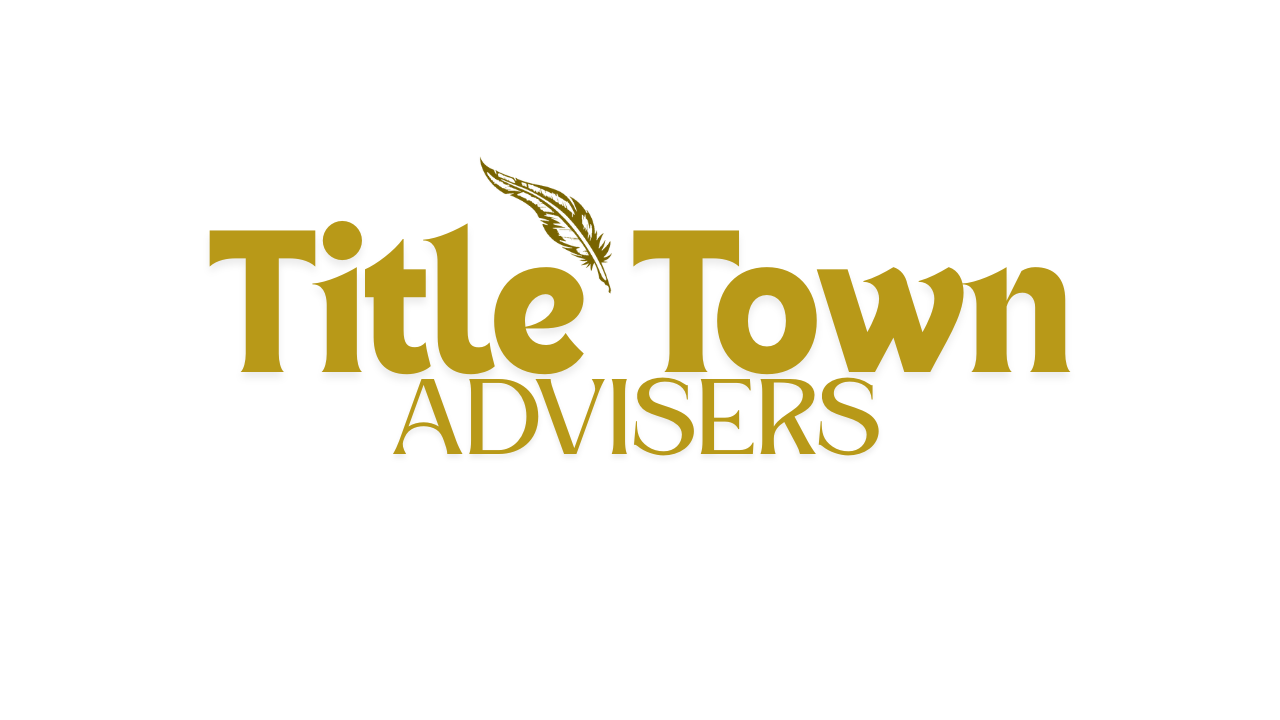In a world flooded with ads, content, and social media noise, marketing is no longer just about being seen — it’s about being remembered. But what actually makes one marketing campaign suceed while another fades into the background? Why do some brands grow like wildfire while others struggle to gain traction? Let’s explore the real difference in marketing — and what seperates the strategic, modern marketer from those just going through the motions.
It’s not just about promotion – It’s about positioning
Many businesses think marketing is just “getting the word out” but smart marketing starts with clarity, not noise. So having a clear brand position that tells perople who you are, why you matter, and why you’re different before running Facebook ads or posting on Instagram. This will do many things such as give yourself as a business owner, your employees, and your customers a clear understand of who they are dealing with. Plus, it will give a clear focus on target, location, and what your product is show casing to the consumers.
It is similar to our business as you read through Title Town Advisers website and blog posts. You are here because you genuinely like our content, it resonates with you, you are learning, and possibly you are seeking our services. Our marketing style is organic, authenticate, referral based marketing because we believe in quality over quantity. However, we will add small amounts of paid advertisement for visibility but the content will match our brand and genuine style.
Our position is clear in that we want people who want assistance, want problem solvers, and how we listen closely but do not become yes men to the client because they are paying our bills. Sometimes you have to have a tough, but respectful conversation with the client to better them.
Every Deciding the Right Marketing Mix for Your Business different, and even those within the same segments can have wildly different marketing strategies. Finding a marketing strategy that works for your business is equal parts science and art. Businesses that run successful campaigns across multiple platforms have mastered combining tactics to create a fanbase of loyal customers who can’t wait to purchase your product or service.
DecDeciding the Right Marketing Mix for Your Business
Finding the right mix, however, is where many Deciding the Right Marketing Mix for Your Business. With nearly unlimited options, it’s often hard to drill down the correct platform, strategy, or tactic that will lead you to the promised land of untold internet riches. In reality, most never find it at all.
Today, I want to talk about how those that are successful at identifying the right marketing mix go about putting all of the pieces into place. Hopefully, you can apply this roadmap to your business and improve the results of your next online marketing campaign.
Start With Your Competition
What are they doing well? What are they doing poorly? Are there things that you like but feel you could do better?
After you identify what your competitors are doing that works, it’s often quite simple to replicate the parts of their plan while completely discounting the others. This can save you time, effort, and money while you’re attempting to put together the pieces that make up the overall marketing puzzle.
Identify Your Ideal Customer
With the rise of content marketing, so saw the advancement in creating personas to cater to this content. As content marketing got more data-driven, it was no longer enough to throw darts at a wall while wearing a blindfold and hoping that something stuck. Now, companies know who they are trying to reach, and they cater this content to a specific audience with hopes of attracting new leads.
For any business to succeed, they have to identify who needs its product or service and what attracts them to it in the first place. Now we can reverse engineer personas with significant levels of detail – down to their favorite foods, where they work, and how much income they earn – in order to better understand our target audience.
Create Specific Goals
After you know who you’re marketing to, you need to create goals. These goals could be monetary or data-driven but the goal is the same, you have to attract a specific type of customer, and you have to be able to measure the results. Attraction is just one piece of the puzzle, and without knowing if this is the correct piece – through measurement – you’ll never really know if the pieces are going in the right places. Benefits Of Reading Real Estate Blogs.
Optimize Your Acquisition Strategy
Now that you have a specific set of goals, and data that aligns with what your ideal customer looks like, it’s all a matter of aligning these into a usable strategy. For example, if you sell soap, and you notice that data points to your audience are female, 28–34, from the midwest, and married, you know that you need to target a platform that reaches this audience.
Facebook, for example, offers an unlimited amount of customized targeting options, and this specific product also appears to be an ideal candidate for organic growth through a Pinterest page.
It’s all about finding out who your customer is, and reaching them on the platforms they’re already using. Through careful customization of targeting options, or just finding sites that they’re likely to visit and growing your brand organically, you’ll need to optimize your plan for customer acquisition through the use of the data we collected in previous steps.
Determine Budgetary Limits
After you have the initial roadmap for your marketing efforts and an idea of what your ideal customer looks like, you’ll need to outline how much you’re willing to spend on each platform in order to reach them. There are a lot of ways you can go from here, such as splitting the spending equally amongst several platforms and testing the results (raising the spending on the best performing platforms over time) or choosing to spend a bulk of your spending on the platforms you deem “best” from the get-go.
There’s no wrong answer here as long as you follow the advice in the next step.
Test, Tweak, and Analyze the Results
No matter how good, or bad your results are from your initial testing, you need to be adaptive, and willing to lose a bit of money in order to gain data. Over time, you can start to paint a clear picture of what success looks like through the results of your initial testing.
Don’t be afraid to cut non-starters. In addition, you should always be prepared to increase the budget for your best campaigns. Remember, success depends on how well you test variations of your campaign all the while using different platforms, targeting options, and being willing to scrap the whole thing at a moment’s notice.
Read more: Deciding the Right Marketing Mix for Your Business
You May Also Like…
How to Create a FedEx Business Account
Setting up a FedEx business account involves several steps. Please note that the specific process might vary depending...
5 simple Ways How to Invest in Real Estate
Simple ways how to invest in Real Estate the best form of saving your money....
Benefits of investing in Real Estate
Benefits of investing in Real Estate is the practice of putting money or other types of wealth at the disposal of...
Sitemap • Privacy Policy • © Title Town Advisers, LLC




0 Comments